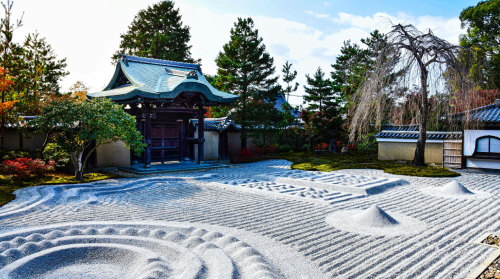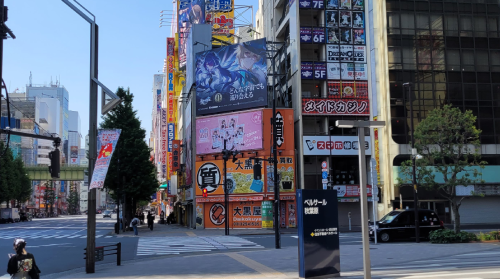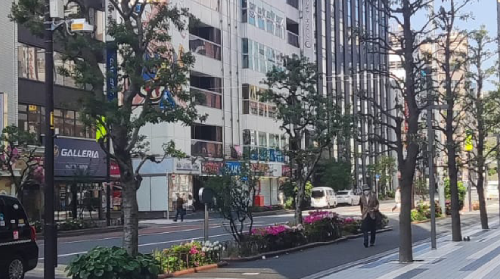Welcome to TsukiGakkou your blog and tool to learning and improve japanese.
Want buy stuff? Find products related to anime and Japanese culture in general. You will also find recommended items for exchange students in Japan.
Amazon Shop ListPoliteness and Formality: だ and です
Japanese language learners often encounter the particles “だ” (da) and “です” (desu) early in their studies. These particles are essential for forming sentences and convey different levels of politeness and formality. Let’s dive into the nuances of “だ” and “です,” their usage, and provide examples to illustrate their roles in Japanese communication. The Basics of […]
Read More [...]Numeral Pronunciations
Japanese numeral pronunciations can change depending on context and the combination of numbers, especially in large quantities and prices. These modifications help make the language more fluid and prevent confusion, particularly in financial contexts where clarity is paramount. Here’s a comprehensive look at these changes with examples. Numbers 4 and 7 Japanese numbers 4 and […]
Read More [...]“Already”, “Anymore”, “Soon” and “More”: もう
The Japanese word もう (mou) is a versatile term that plays a significant role in everyday conversation. Depending on the context, it can mean “already,” “anymore,” “soon,” “more,” or even express frustration or surprise. Here’s a closer look at the different uses of もう and examples to illustrate each meaning. もう as “Already” One of […]
Read More [...]Sentence Ending Particle: なあ
Japanese is a language rich in subtlety and nuance, often relying on context and intonation to convey meaning. One such element that adds depth to spoken Japanese is the sentence-ending particle なあ (naa). This particle, often found in casual conversation, serves multiple purposes depending on the context in which it is used. Understanding how to […]
Read More [...]Overview of Verb Conjugation
Japanese verb conjugation is an essential part of mastering the language. Unlike English, where verbs conjugate primarily by changing their endings to indicate tense, person, and number, Japanese verbs undergo a series of transformations that can appear complex at first glance. This post aims to provide a general overview of how Japanese verb conjugation works, […]
Read More [...]“Only” or “Just”: だけ
The Japanese particle だけ (dake) is a versatile and commonly used word that means “only” or “just.” It’s used to indicate limitation or exclusivity, specifying that something is restricted to the extent or quantity mentioned. Learning how to use だけ correctly can significantly enhance your Japanese communication skills. Let’s explore its various usages with examples. […]
Read More [...]な Adjectives
In Japanese, adjectives play a crucial role in adding detail and nuance to language. They are divided into two main categories: い adjectives (i-adjectives) and な adjectives (na-adjectives). This post focuses on な adjectives (なけいようし), which are essential for anyone looking to enhance their Japanese language skills. What Are な Adjectives? な adjectives describe the […]
Read More [...]Going Somewhere to do Something: にいく
In Japanese, the phrase “に いく” (ni iku) is used to express the idea of going somewhere to do something. It combines the particle “に” (ni), which indicates the direction or destination, with the verb “いく” (iku), which means “to go.” This structure is fundamental in Japanese grammar and is used frequently in daily conversation. […]
Read More [...]Inviting and Denying Politely: ませんか and ません
Japanese is a rich and nuanced language, offering various ways to express different levels of politeness, intent, and context. Two commonly used expressions that can sometimes confuse learners are “ませんか” (masenka) and “ません” (masen). Both are forms of negative verb conjugation, but they serve distinct purposes and are used in different contexts. Let’s delve into […]
Read More [...]Make Requests Politely: をください
In Japanese, the phrase “をください” (pronounced “o kudasai”) is a polite expression that is used to make requests. It is composed of two parts: “を” (pronounced “o”), which marks the object of the sentence, and “ください” (pronounced “kudasai”), which means “please.” Together, they form a polite imperative requesting someone to provide or do something. Let’s […]
Read More [...]








